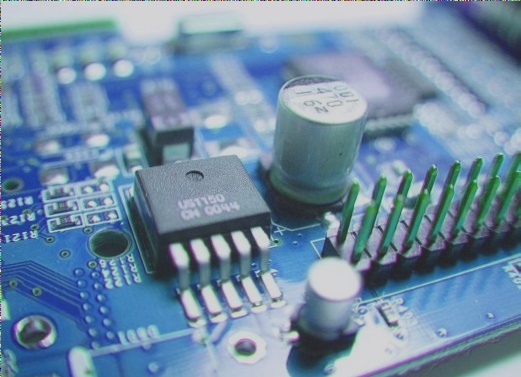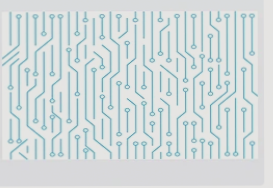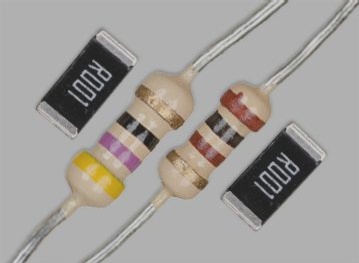In the PCBA circuit board production process, a variety of machinery and equipment are essential for board assembly. The quality of a factory’s machinery often directly influences its manufacturing capacity.
The fundamental equipment needed for PCBA production includes a solder paste printer, placement machine, reflow soldering unit, AOI detector, component angle cutter, wave soldering machine, tin furnace, washing machine, ICT test fixture, FCT test fixture, and aging test racks. The specific equipment in PCBA processing plants varies based on their size and capabilities.
1. Solder Paste Printer
Modern solder paste printers typically feature plate loading, solder paste application, imprinting, and circuit board transfer. The working principle involves securing the circuit board on the printing positioning table, followed by the application of solder paste or adhesive onto the designated pads through the stencil using the printer’s scrapers. The printed board is then transferred to the placement machine for automatic component placement.

1. The cleaning process associated with the solder paste printing machine encompasses: wiping the machine’s bottom and offline cleaning of the solder paste stencil.
2. Mounter
The mounting machine, also referred to as the “mounting machine” or “Surface Mount System,” is positioned after the solder paste printer on the production line. It accurately places surface components onto PCB pads using a movable placement head. This device is available in both manual and automatic types.
3. Reflow Soldering
Inside the reflow soldering unit, a heating circuit warms air or nitrogen to a sufficiently high temperature and directs it to the circuit board where components are attached. This process melts the solder on both sides of the component, bonding it to the motherboard. Its advantages include precise temperature control, reduced oxidation during soldering, and easier management of manufacturing costs.
4. AOI Automatic Optical Detector
AOI (Automatic Optical Inspection) refers to a system that identifies common defects in welding production based on optical principles. As a rapidly developing testing technology, numerous manufacturers have introduced AOI equipment. During automatic inspections, the machine scans the PCB with a camera, captures images, and compares the tested solder joints against qualified parameters in its database. After processing the images, it identifies defects and displays or marks them for repair by maintenance personnel.
5. Component Trimming Machine
6. Wave Soldering
7. Tin Furnace
Generally, a tin furnace is a welding tool utilized in electronic soldering. It provides good consistency for discrete component circuit boards, is user-friendly, fast, and enhances work efficiency, making it an invaluable asset for production and processing.
8. Plate Washer (Ultrasonic or Spray Cleaning Machine)
This equipment cleans the PCBA circuit board, effectively removing contaminants and residues left after soldering, thereby improving and ensuring the reliability of the PCBA circuit boards.
9. FCT Test Fixture
FCT (Functional Test) involves simulating an operating environment (stimulus and load) for the test target board (UUT: Unit Under Test) to assess its performance across various design states. Essentially, this method loads an appropriate stimulus to the UUT and measures whether the output response meets the specified requirements.
10. Aging Test Stand
The burn-in test rack allows for batch testing of PCBA boards, identifying problematic boards by simulating prolonged user operations.
11. The Cleaning Process Includes
Wiping the bottom of the solder paste printer, cleaning the solder paste stencil, red glue screen, fixture carrier, and PCB circuit board, among others.
The fundamental equipment needed for PCBA production includes a solder paste printer, placement machine, reflow soldering unit, AOI detector, component angle cutter, wave soldering machine, tin furnace, washing machine, ICT test fixture, FCT test fixture, and aging test racks. The specific equipment in PCBA processing plants varies based on their size and capabilities.
1. Solder Paste Printer
Modern solder paste printers typically feature plate loading, solder paste application, imprinting, and circuit board transfer. The working principle involves securing the circuit board on the printing positioning table, followed by the application of solder paste or adhesive onto the designated pads through the stencil using the printer’s scrapers. The printed board is then transferred to the placement machine for automatic component placement.

1. The cleaning process associated with the solder paste printing machine encompasses: wiping the machine’s bottom and offline cleaning of the solder paste stencil.
2. Mounter
The mounting machine, also referred to as the “mounting machine” or “Surface Mount System,” is positioned after the solder paste printer on the production line. It accurately places surface components onto PCB pads using a movable placement head. This device is available in both manual and automatic types.
3. Reflow Soldering
Inside the reflow soldering unit, a heating circuit warms air or nitrogen to a sufficiently high temperature and directs it to the circuit board where components are attached. This process melts the solder on both sides of the component, bonding it to the motherboard. Its advantages include precise temperature control, reduced oxidation during soldering, and easier management of manufacturing costs.
4. AOI Automatic Optical Detector
AOI (Automatic Optical Inspection) refers to a system that identifies common defects in welding production based on optical principles. As a rapidly developing testing technology, numerous manufacturers have introduced AOI equipment. During automatic inspections, the machine scans the PCB with a camera, captures images, and compares the tested solder joints against qualified parameters in its database. After processing the images, it identifies defects and displays or marks them for repair by maintenance personnel.
5. Component Trimming Machine
6. Wave Soldering
7. Tin Furnace
Generally, a tin furnace is a welding tool utilized in electronic soldering. It provides good consistency for discrete component circuit boards, is user-friendly, fast, and enhances work efficiency, making it an invaluable asset for production and processing.
8. Plate Washer (Ultrasonic or Spray Cleaning Machine)
This equipment cleans the PCBA circuit board, effectively removing contaminants and residues left after soldering, thereby improving and ensuring the reliability of the PCBA circuit boards.
9. FCT Test Fixture
FCT (Functional Test) involves simulating an operating environment (stimulus and load) for the test target board (UUT: Unit Under Test) to assess its performance across various design states. Essentially, this method loads an appropriate stimulus to the UUT and measures whether the output response meets the specified requirements.
10. Aging Test Stand
The burn-in test rack allows for batch testing of PCBA boards, identifying problematic boards by simulating prolonged user operations.
11. The Cleaning Process Includes
Wiping the bottom of the solder paste printer, cleaning the solder paste stencil, red glue screen, fixture carrier, and PCB circuit board, among others.




